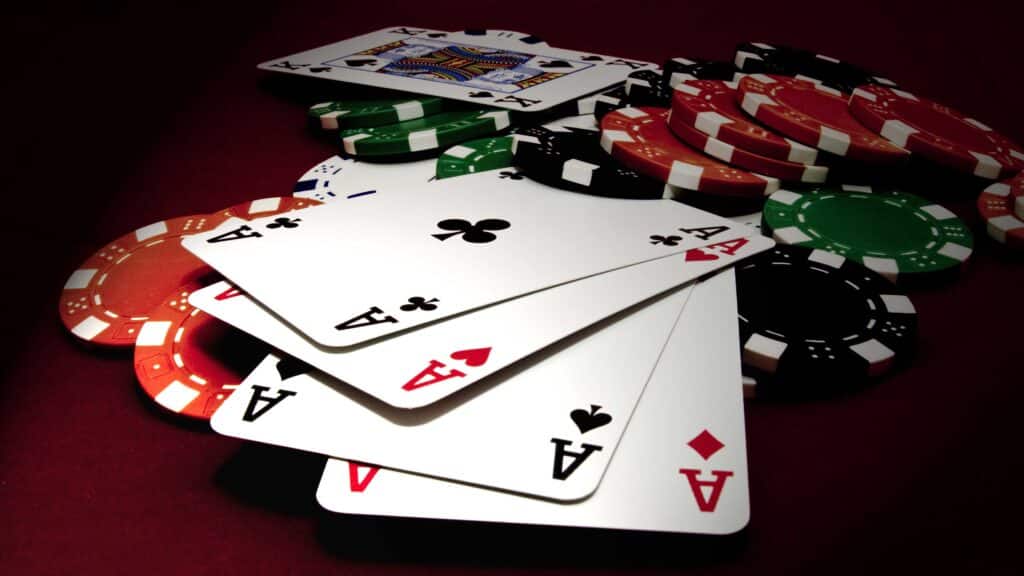Spanish 21 is an exciting variation of traditional Blackjack that has gained popularity in both land-based and online casinos. Unlike standard Blackjack, Spanish 21 uses a deck of 48 cards instead of 52, as all the 10-value cards (the 10s) are removed from the deck. This unique rule change, combined with additional player-friendly options, makes Spanish 21 an intriguing game for both novice and experienced players.
In this comprehensive guide, we will dive deep into the strategies and tips that can help you master Spanish 21 Blackjack. Whether you're new to the game or looking to sharpen your skills, these insights will help you increase your chances of winning, maximize your profit, and enhance your overall gameplay experience.
Understanding the Rules of Spanish 21
Before diving into advanced strategies, it's essential to understand the unique rules of Spanish 21. This game is quite similar to traditional Blackjack but comes with some key differences that can significantly affect your gameplay. Let's start by breaking down the key rules of Spanish 21:
- Deck Composition: As mentioned earlier, Spanish 21 uses a deck of 48 cards, with the 10s removed. This results in a lower number of 10-value cards in the deck, which changes the odds and strategies when compared to regular Blackjack.
- Player's 21 Always Wins: In Spanish 21, if you achieve a 21, it will always win, even if the dealer also hits 21. This is a major advantage for players and adds to the excitement of the game.
- Late Surrender: Spanish 21 offers a “late surrender” option, which allows players to forfeit half of their wager after the dealer has checked for Blackjack. This can be useful when facing a potentially strong hand from the dealer.
- Bonus Pays: Spanish 21 has several bonus payouts, including a bonus for a 21 made with a 5-card hand, a 6-card 21, or a 7-card 21. These bonuses can significantly boost your winnings, making the game even more rewarding.
- Doubling Down and Splitting: Players can double down on any two cards and after a split. Additionally, players can split pairs up to 3 times, allowing for more opportunities to create favorable hands.
With these basic rules in mind, let's explore the best strategies and tips for playing Spanish 21 like a pro.
Effective Spanish 21 Strategy for Beginners
For players who are new to Spanish 21, the key to success lies in understanding basic strategy and applying it consistently. Here are some essential tips for beginners:
1. Learn the Basic Strategy Chart
Just like traditional Blackjack, Spanish 21 has a basic strategy that players should follow to maximize their odds of winning. The basic strategy for Spanish 21 is a bit different from regular Blackjack due to the altered deck composition. The strategy involves making the right decisions based on the total of your hand and the dealer’s upcard. This includes knowing when to hit, stand, split, or double down.
The best way to learn the basic strategy is to refer to a strategy chart, which provides a visual representation of the best move to make in each situation. Here's a brief breakdown of what you should do:
- When to Stand: Stand if your total is 17 or higher, except when the dealer has an Ace or 7-10. In those cases, you'll need to be more cautious and assess your hand more carefully.
- When to Hit: Always hit if your hand totals 8 or less. If you have a hand between 12 and 16, you should stand when the dealer has a weak upcard (2-6), and hit if the dealer shows a strong card (7-Ace).
- When to Double Down: Double down when you have a total of 9, 10, or 11. With these totals, you have a strong chance of getting a winning hand, especially if the dealer shows a weak card.
- When to Split: Split always when you have a pair of Aces or 8s. Never split 10s or face cards, as they form a strong hand.
2. Master the Late Surrender Option
The “late surrender” option in Spanish 21 is one of the most powerful tools in the player's arsenal. If you're dealt a hand that’s unlikely to win, you can forfeit half of your wager and avoid further losses. However, this option can only be used after the dealer checks for Blackjack, so it's important to use it at the right times.
Here are some situations when surrendering might be a smart move:
- When You Have a Hard 16 Against Dealer’s 9, 10, or Ace: In this situation, your chances of winning are slim, and surrendering can save you half of your bet.
- When You Have a Hard 15 Against Dealer’s 10 or Ace: Similarly, when the dealer has a strong upcard, surrendering a hard 15 can be a good decision.
3. Taking Advantage of Bonus Payouts
Spanish 21 offers several bonus payouts, including payouts for special 21 combinations like a 5-card 21, a 6-card 21, and a 7-card 21. To increase your profits, it's essential to adjust your playstyle and take full advantage of these bonuses.
For example, if you are dealt a 5-card hand that totals 21, the payout can be as high as 3:2, which significantly boosts your winnings. Knowing when to take risks and play for the bonus can make a significant difference in your overall success.
Advanced Strategies for Expert Players
Once you've mastered the basic strategy and become comfortable with the rules, it's time to take your game to the next level. Below, we’ll explore some advanced strategies that pro players use to gain an edge in Spanish 21:
1. Card Counting in Spanish 21
Card counting is a well-known technique used by Blackjack professionals to track the ratio of high cards to low cards remaining in the deck. In Spanish 21, card counting is still a viable strategy, but it’s slightly more complicated due to the absence of 10-value cards in the deck. This alters the traditional methods of card counting.
One popular system that works well in Spanish 21 is the Hi-Lo system. In this system, cards are assigned the following values:
- 2-6 = +1
- 7-9 = 0
- 10, J, Q, K, Ace = -1
By keeping track of the “running count” as the game progresses, you can gain insights into the ratio of high to low cards remaining in the deck. When the count is positive, you have a better chance of drawing a high-value card, making it a good time to increase your bet. When the count is negative, you should bet smaller amounts.
2. Adjusting to the Dealer’s Upcard
In Spanish 21, just like in traditional Blackjack, understanding the dealer’s upcard can give you valuable insights into the best move to make. The dealer’s upcard provides a clue about the strength of their hand, and using this information can increase your chances of winning.
Here are a few tips for adjusting your play based on the dealer's upcard:
- Dealer’s 4-6 (The Dealer’s “Bust Cards”): When the dealer shows a 4, 5, or 6, they are more likely to bust, so it's often best to stand on totals of 12-16 and wait for the dealer to break.
- Dealer’s 7-10 (The Strong Cards): When the dealer shows a 7 or higher, the chances of the dealer having a strong hand increase. In these situations, you may need to take more risks by hitting on totals of 12-16 to improve your hand.
3. Bankroll Management
Proper bankroll management is a crucial aspect of any successful gambling strategy. In Spanish 21, it's important to have a clear plan for managing your bets and ensuring you don’t risk more than you can afford to lose.
Here are a few tips for managing your bankroll effectively:
- Set a Budget: Before you begin playing, determine how much money you're willing to risk. Stick to this budget and avoid chasing losses.
- Bet Sizing: When you're on a winning streak, consider increasing your bet size slightly to capitalize on your success. Conversely, if you're on a losing streak, reduce your bet size to preserve your bankroll.
- Know When to Walk Away: One of the most important aspects of gambling is knowing when to quit. Whether you're ahead or behind, it's crucial to set limits and walk away when you've reached them.
Conclusion
Spanish 21 is a thrilling and dynamic variation of Blackjack that offers a wealth of opportunities for players who are willing to learn and apply strategic thinking. By mastering the basic strategy, utilizing advanced techniques like card counting, and taking advantage of the game's unique rules and bonus payouts, you can significantly increase your chances of success.
Whether you're a beginner or an experienced player, the key to mastering Spanish 21 lies in understanding the game's nuances and adapting your strategy to the situation at hand. So, the next time you sit down at a Spanish 21 table, apply these pro tips, and watch your gameplay improve!



